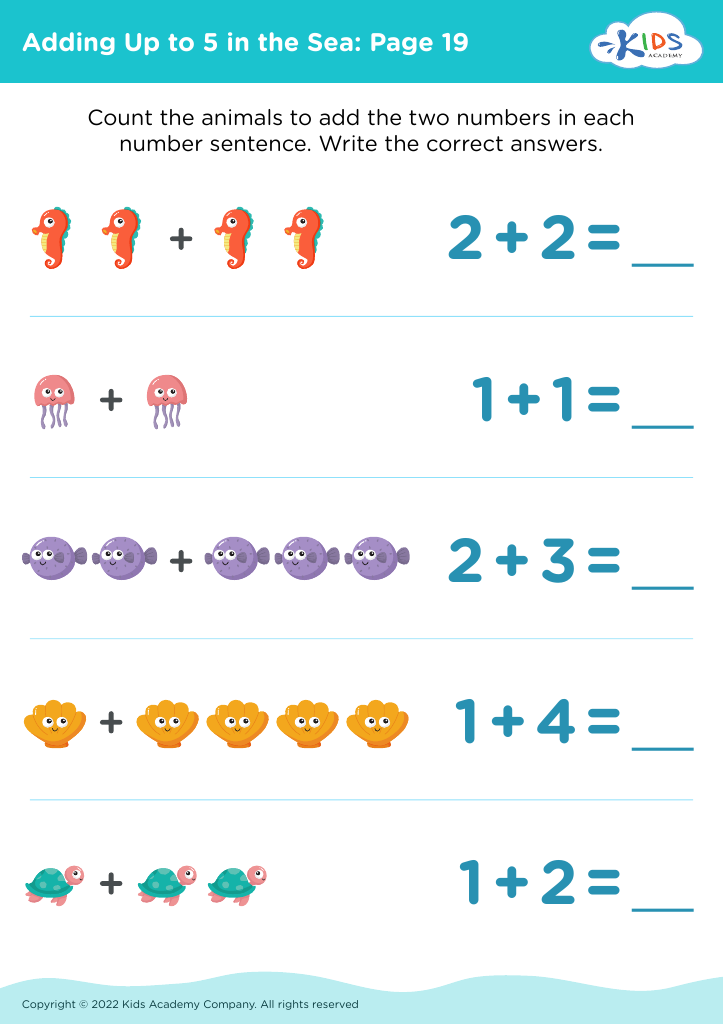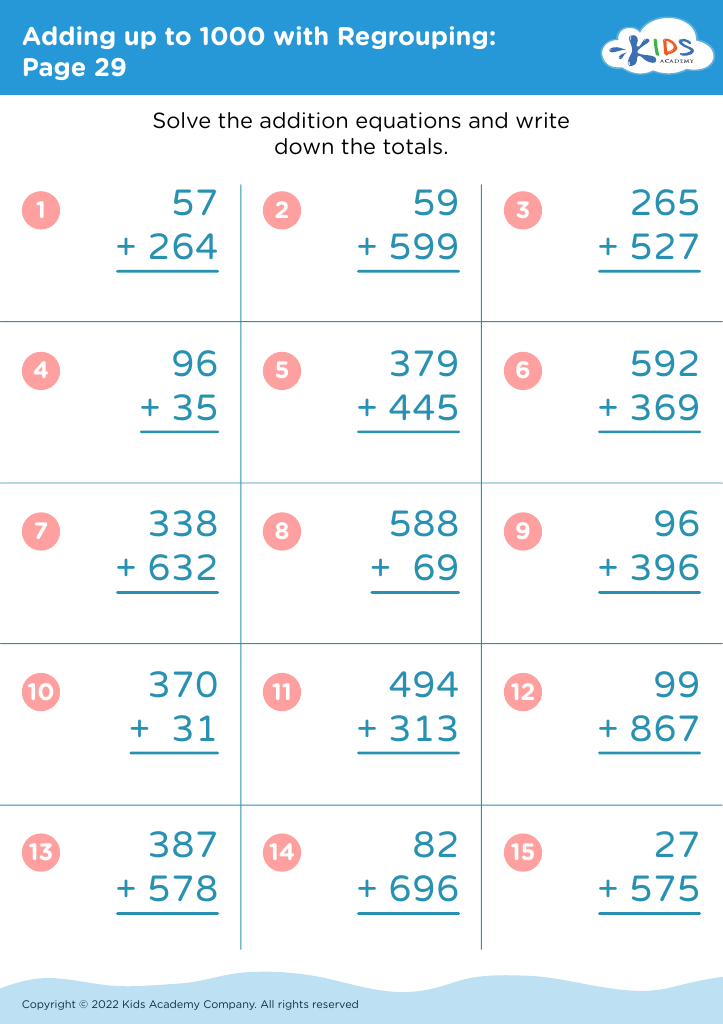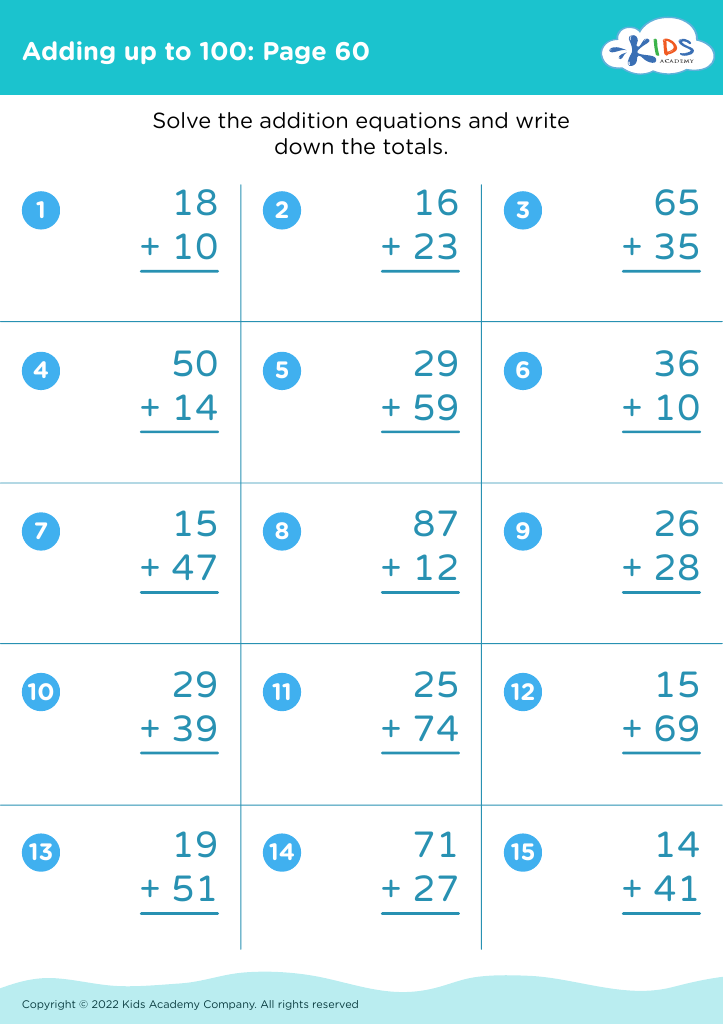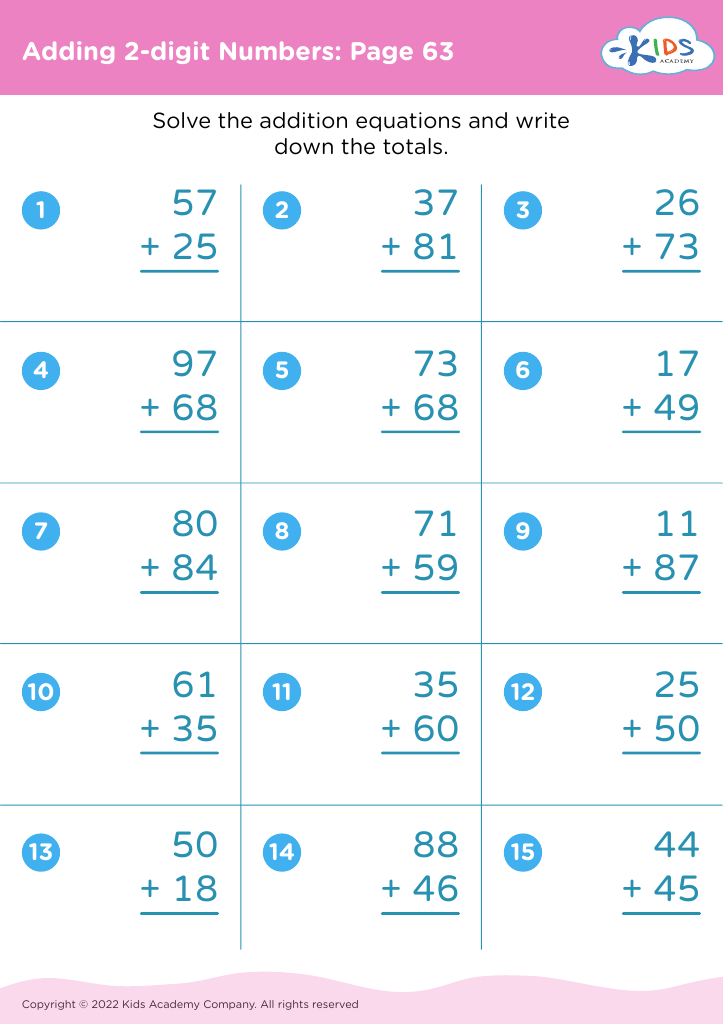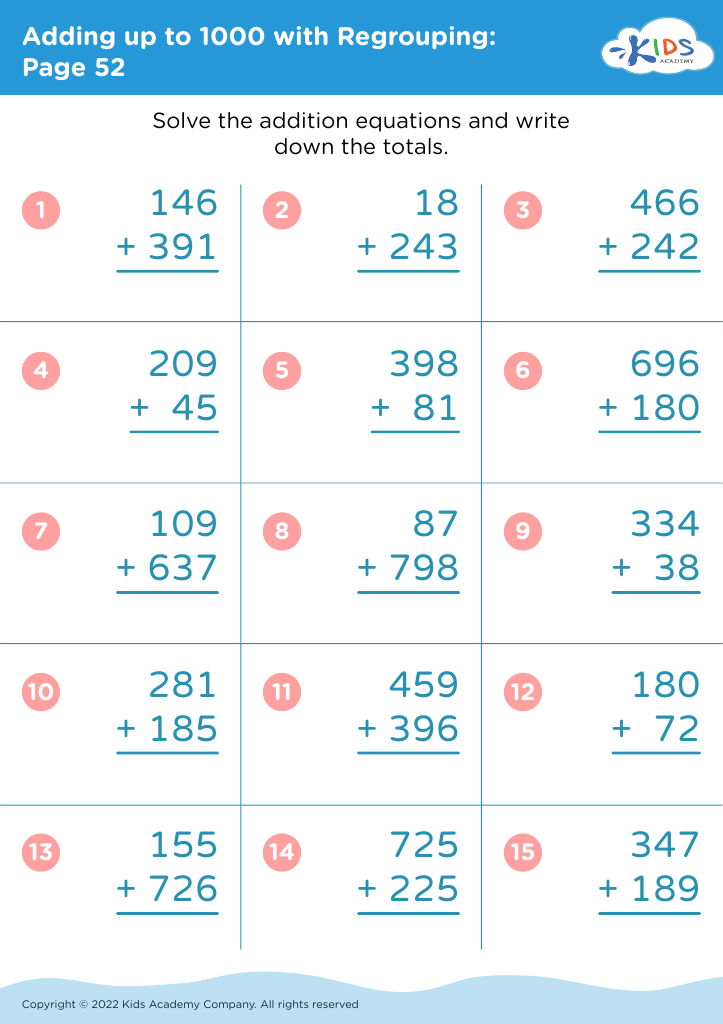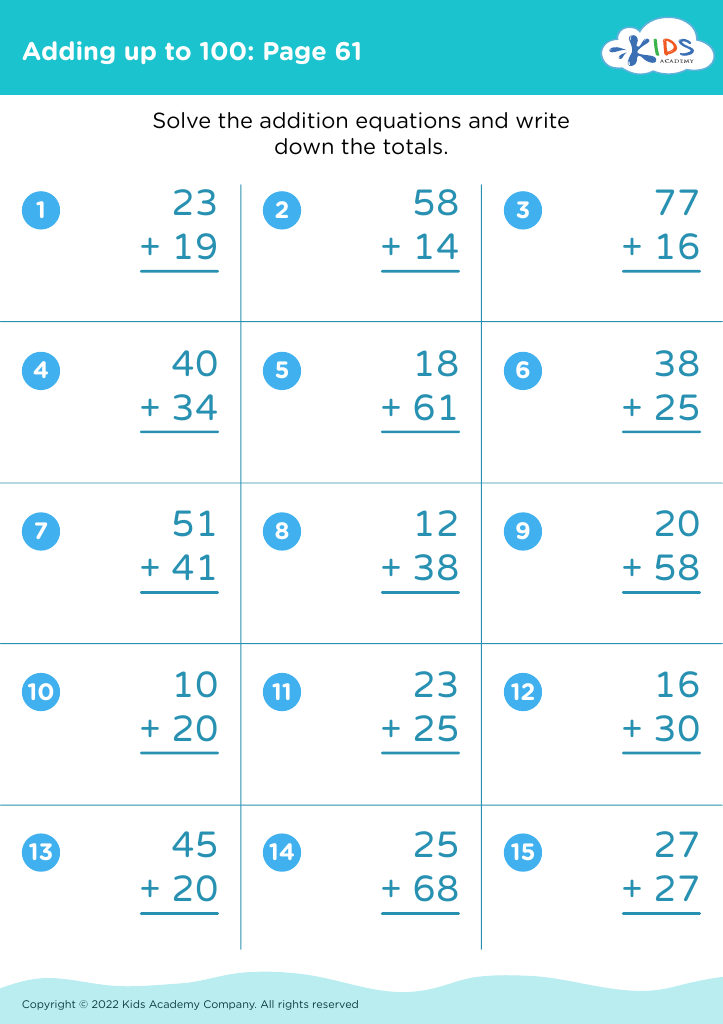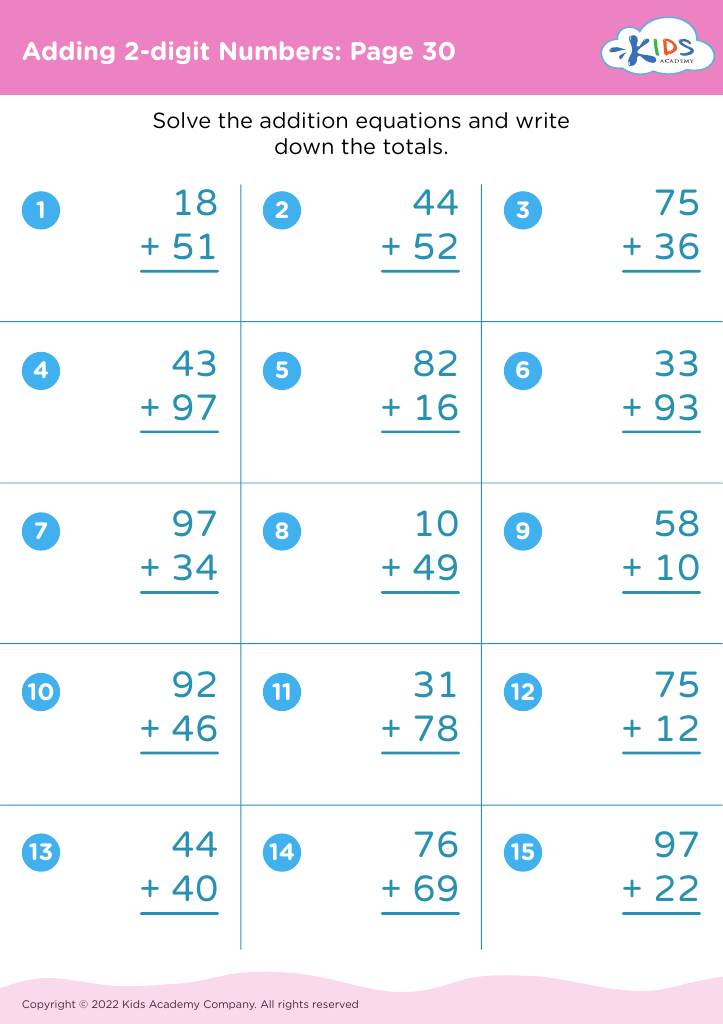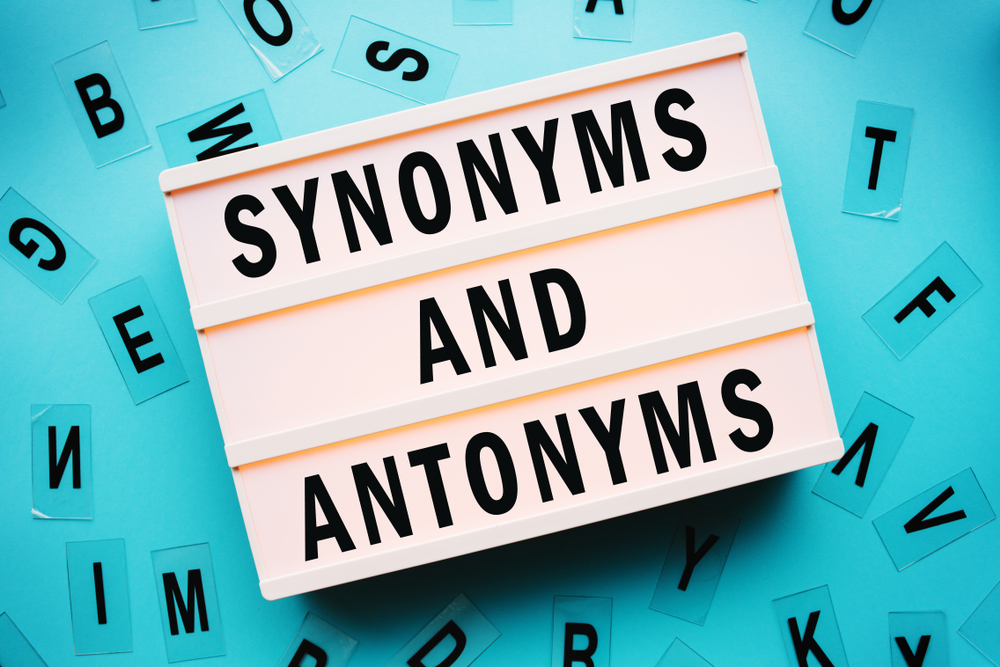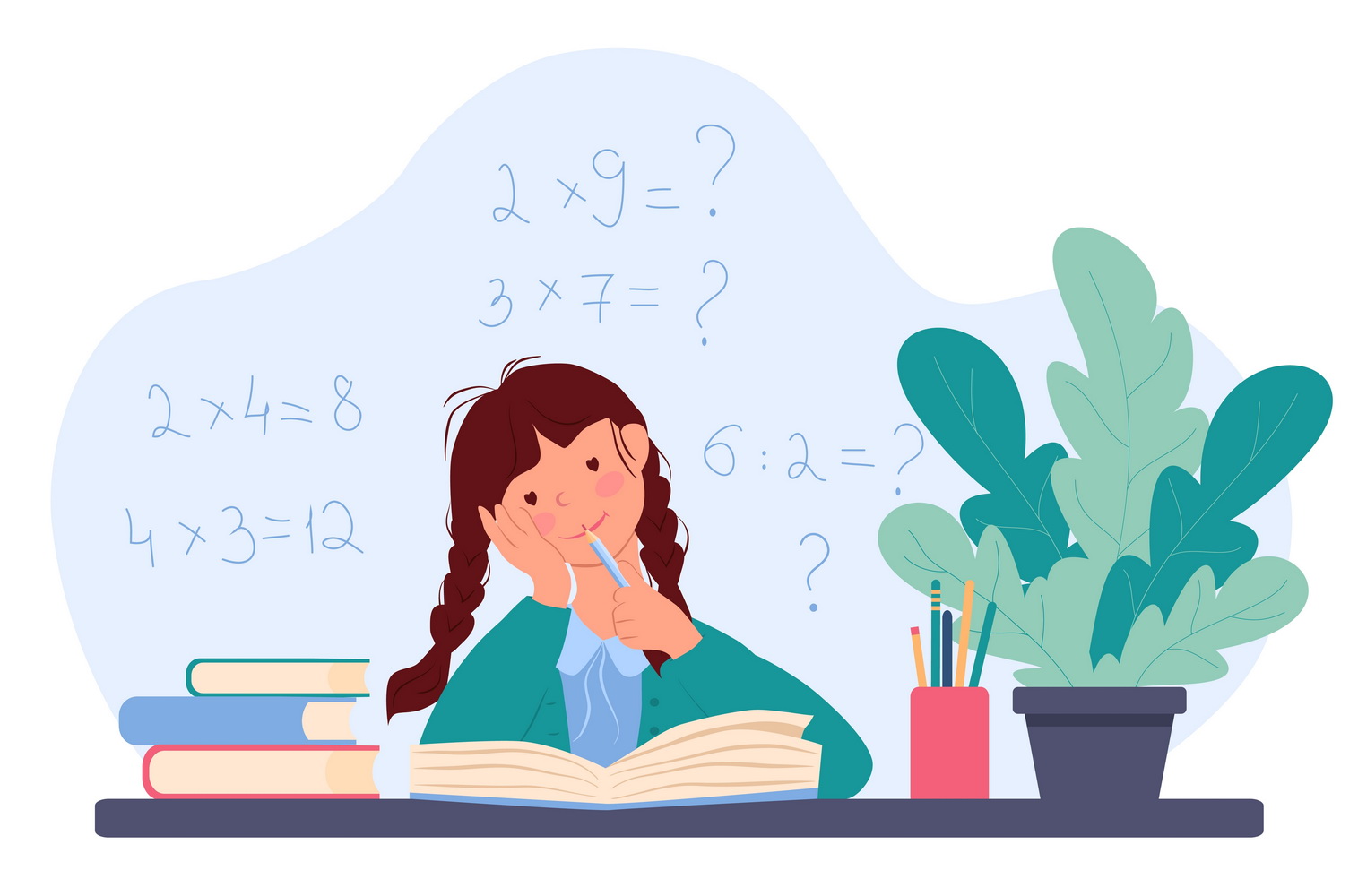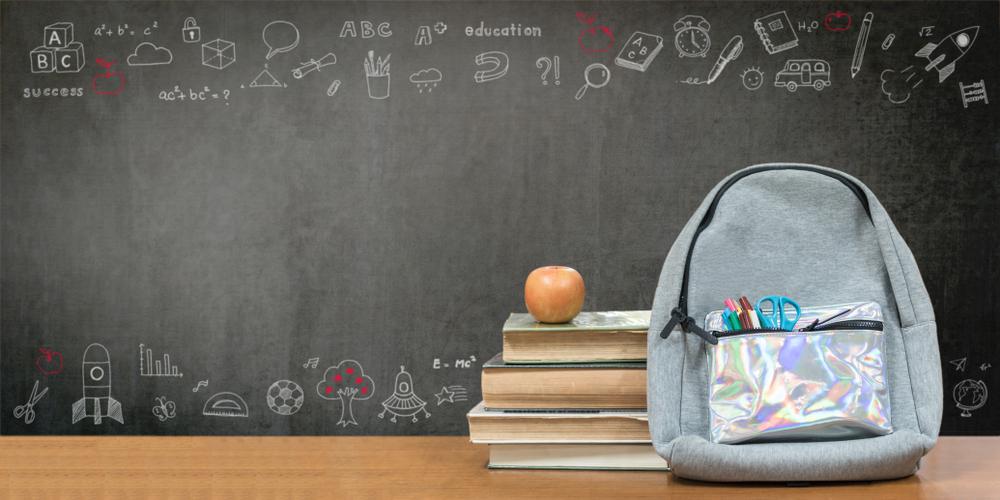Understanding Sequences Worksheets for Ages 3-8
29 filtered results
-
From - To
Unlock the foundational skill of sequencing with our "Understanding Sequences Worksheets" designed for children ages 3-8! These engaging worksheets help young learners recognize patterns and put steps in order, fostering critical thinking and problem-solving abilities. Each activity is crafted to nurture cognitive development while making learning fun and interactive. From simple visual sequences to more complex patterns, our worksheets cater to various skill levels, ensuring every child can progress at their own pace. Encourage early math skills and enhance language comprehension as kids grasp the concept of order and relationships. Explore our vibrant and accessible resources today!
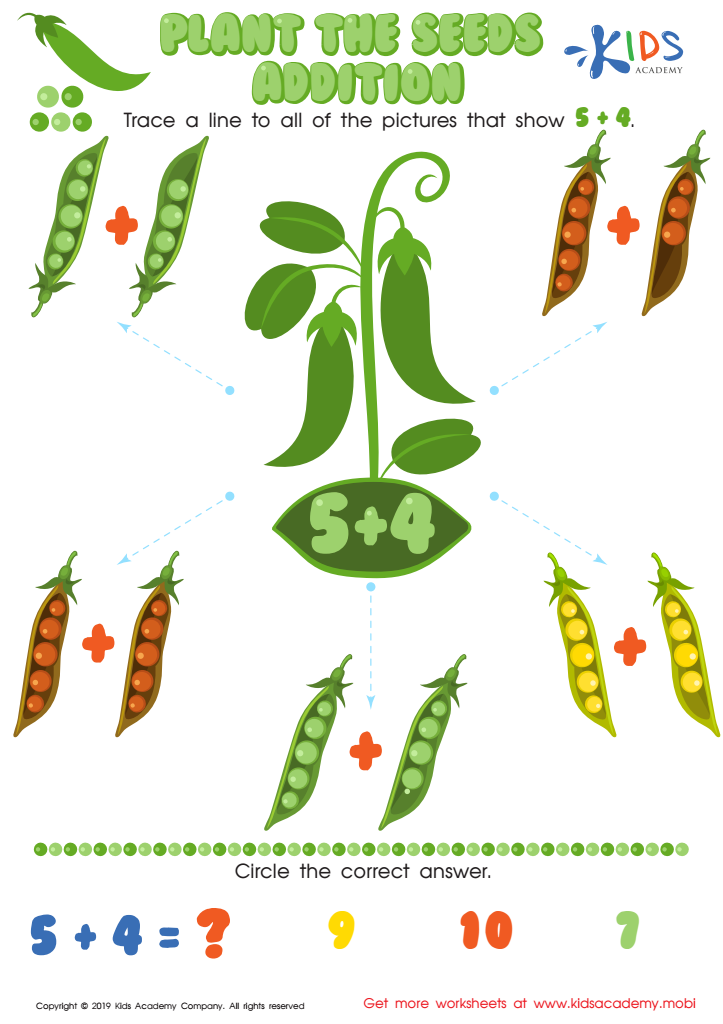

Plant the Seeds Addition Worksheet
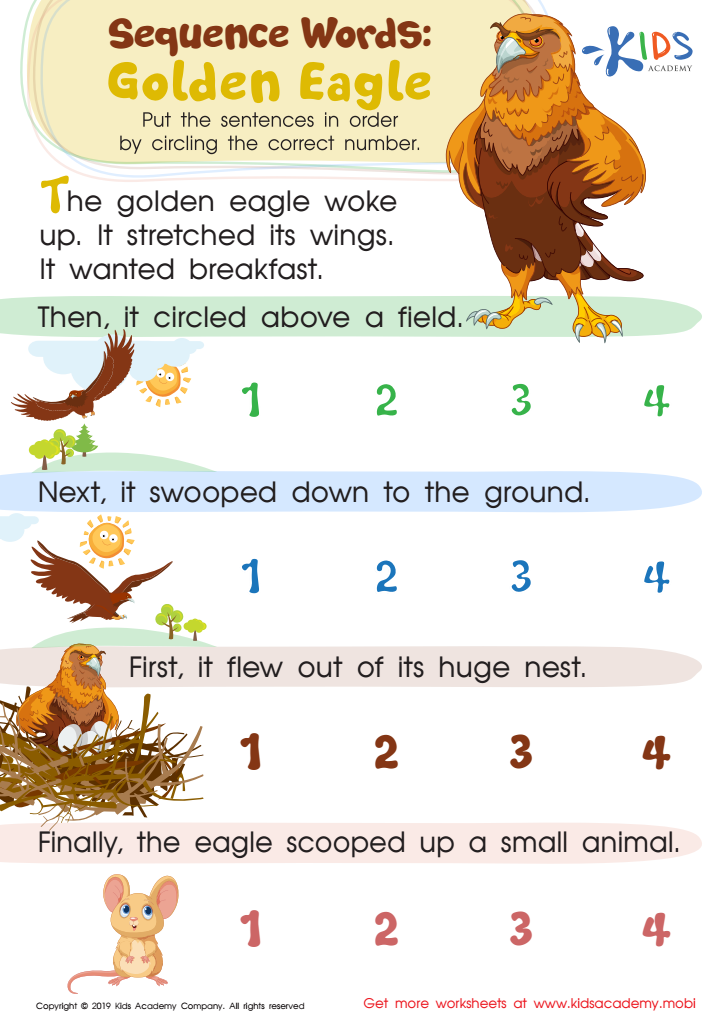

Sequence Word Eagle Worksheet
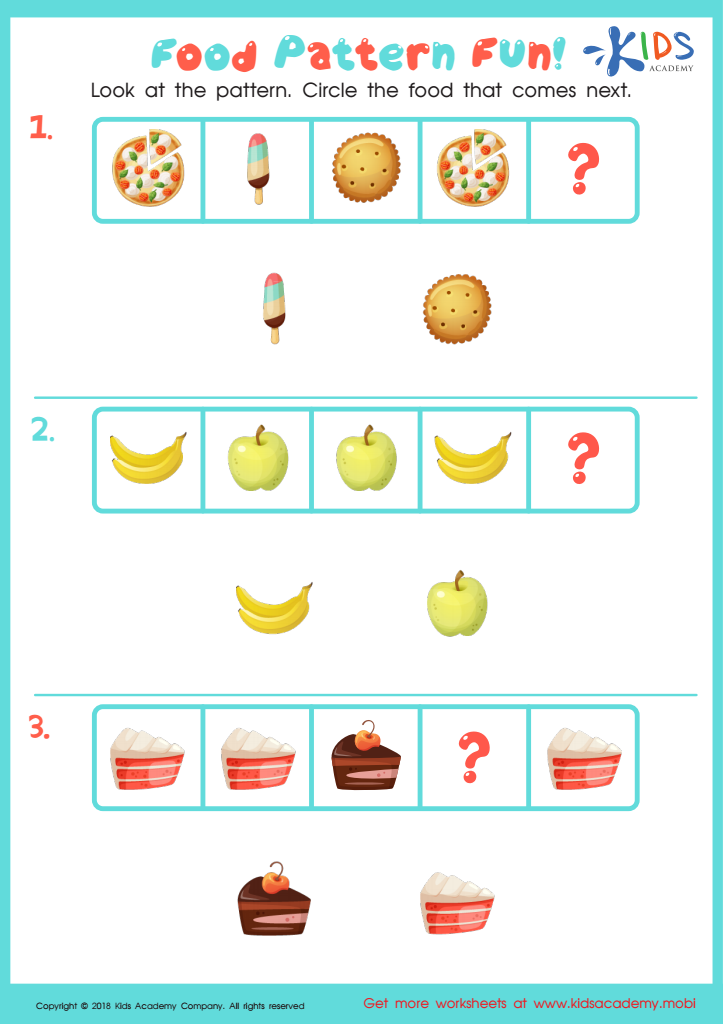

Food Pattern Fun Worksheet
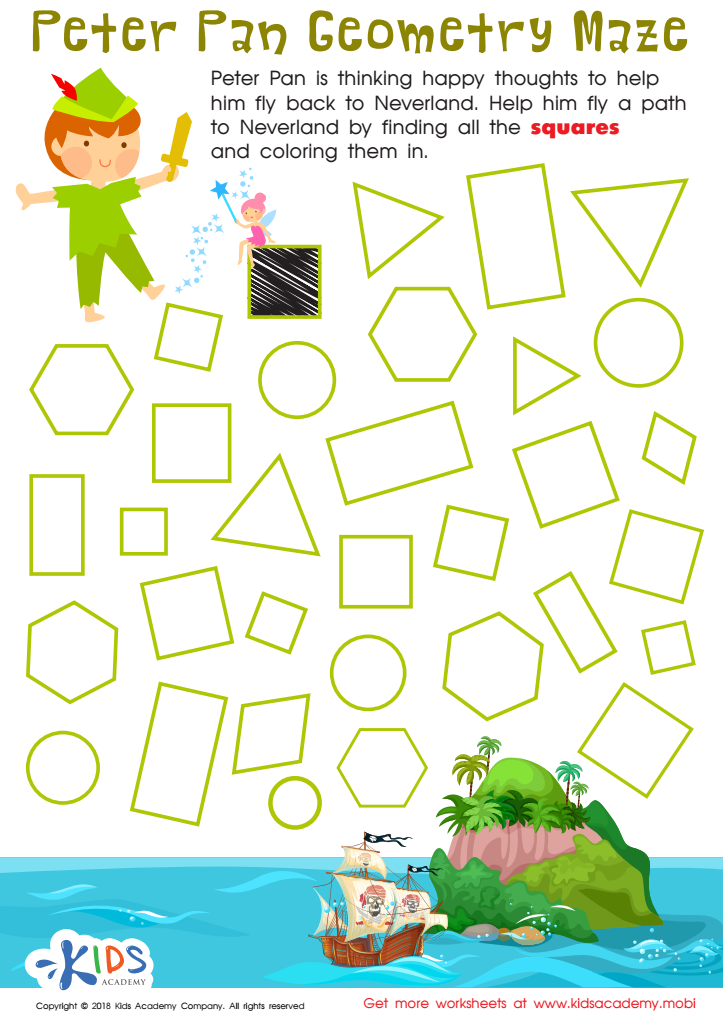

Peter Pan Worksheet
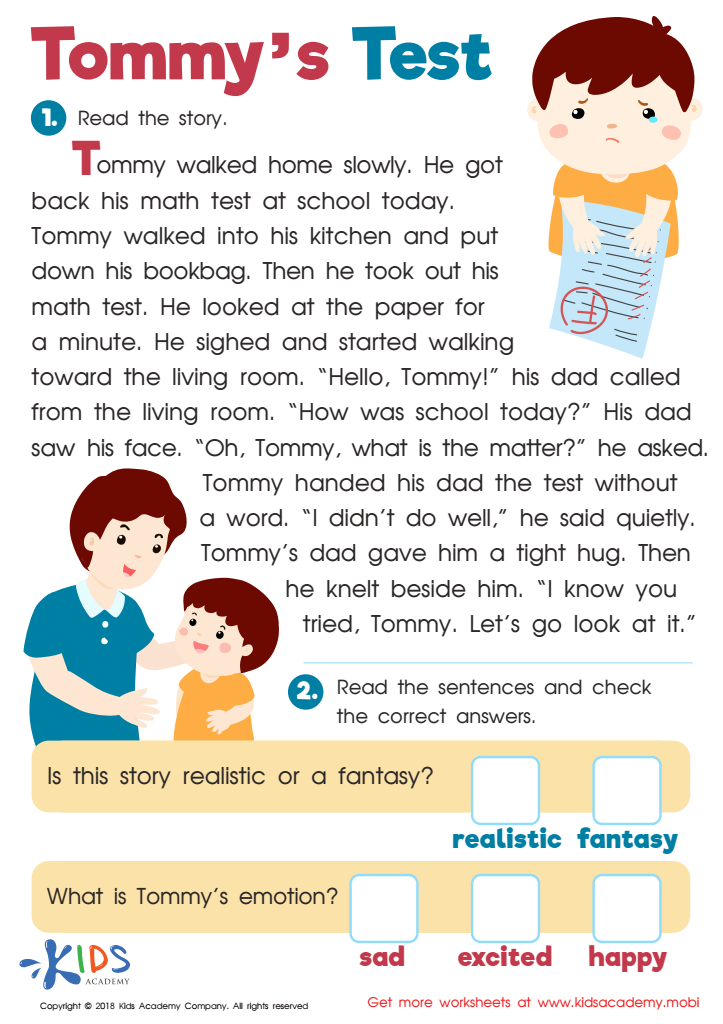

Tommys Test Worksheet


Snowman Tracing Winter Words Worksheet
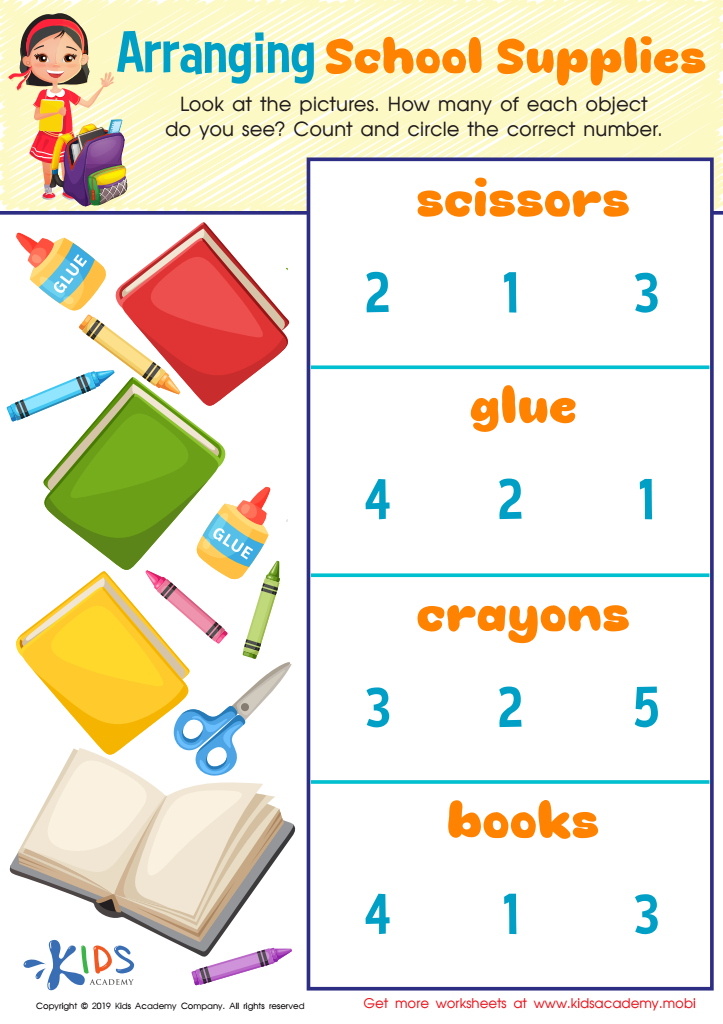

Arranging School Supplies Worksheet
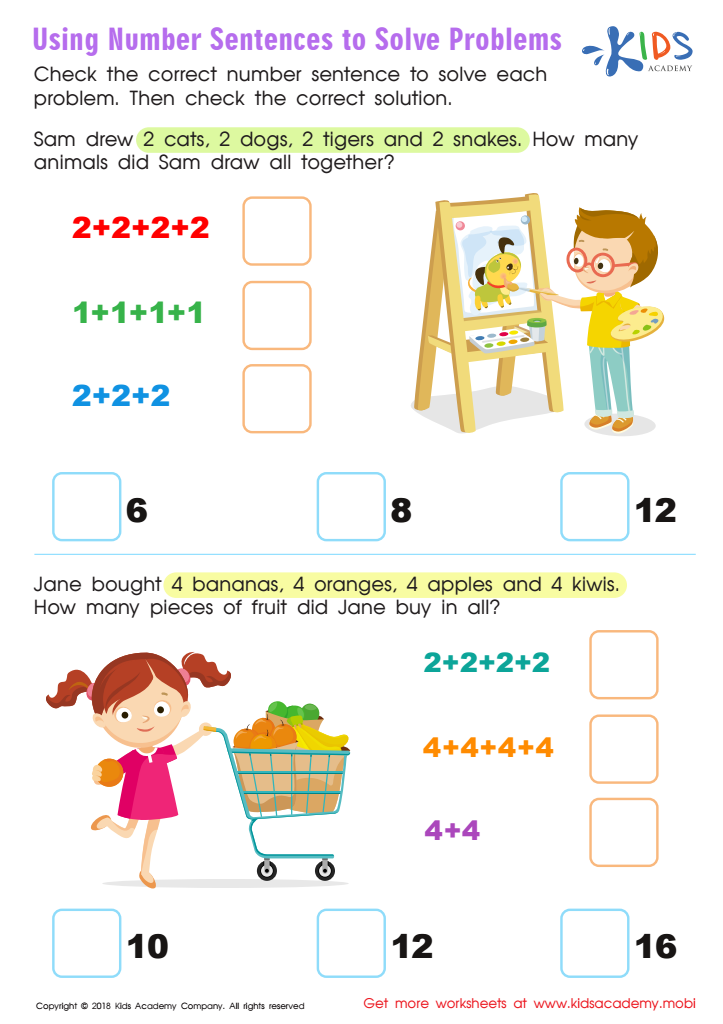

Using Number Sentences to Solve Problems Worksheet
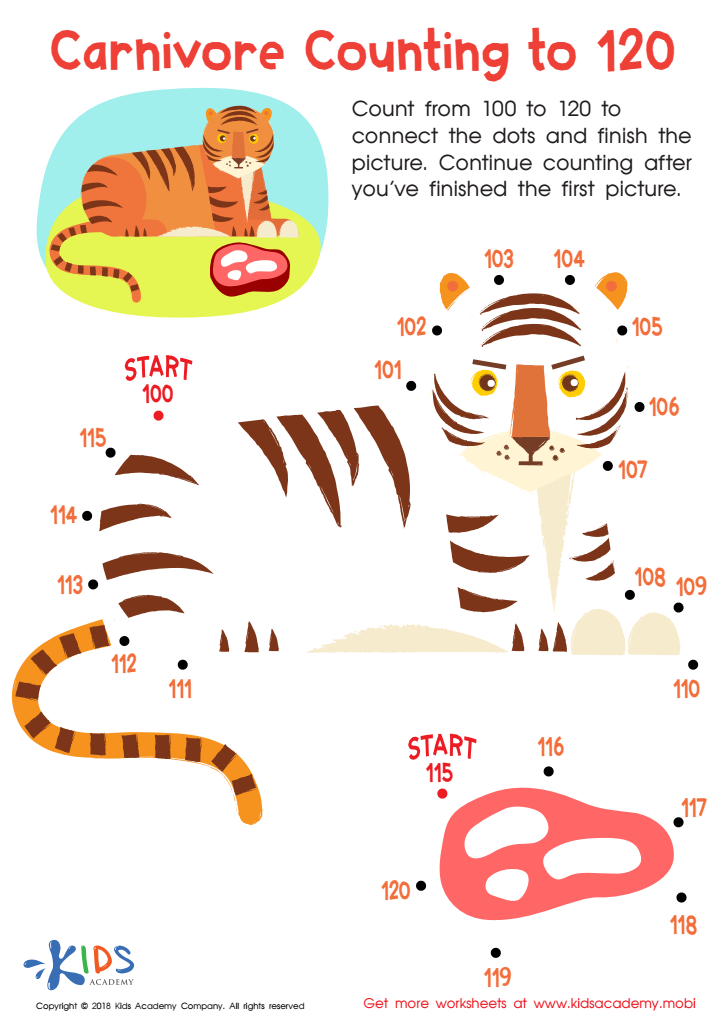

Carnivore Counting to 120 Worksheet


Sequencential Order Worksheet
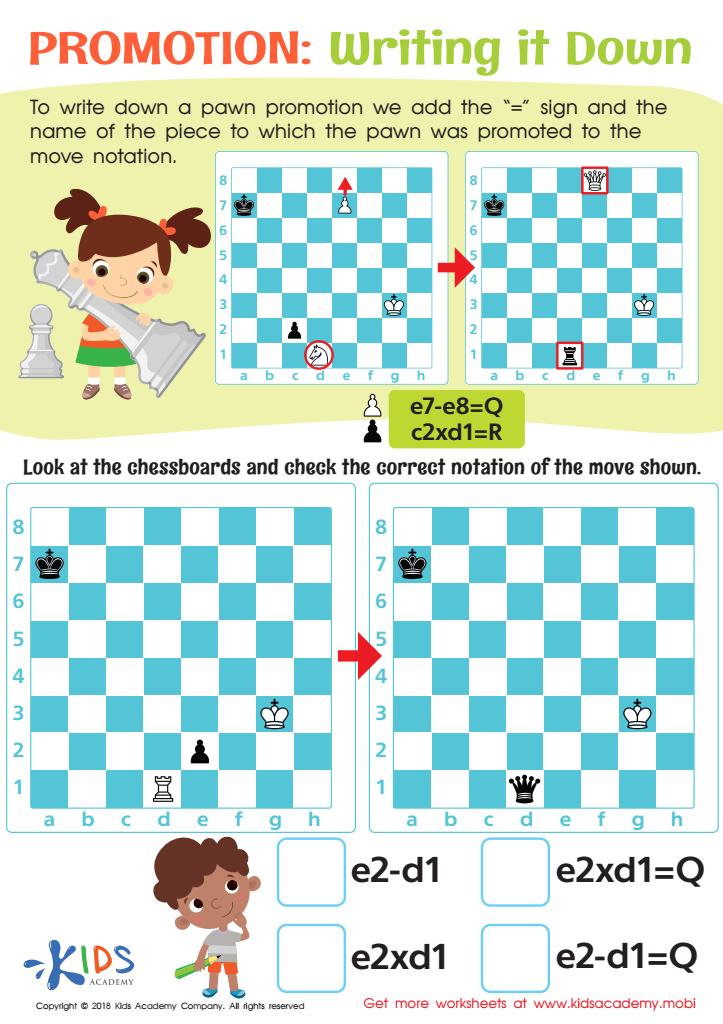

Writing it Down Worksheet
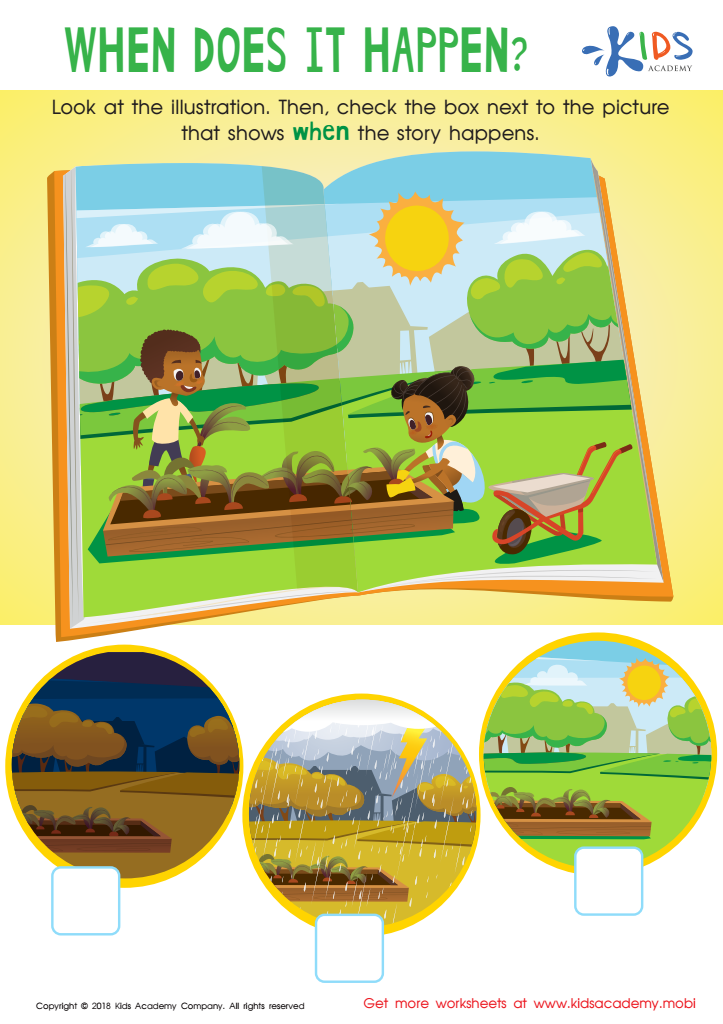

When Does It Happen? Worksheet
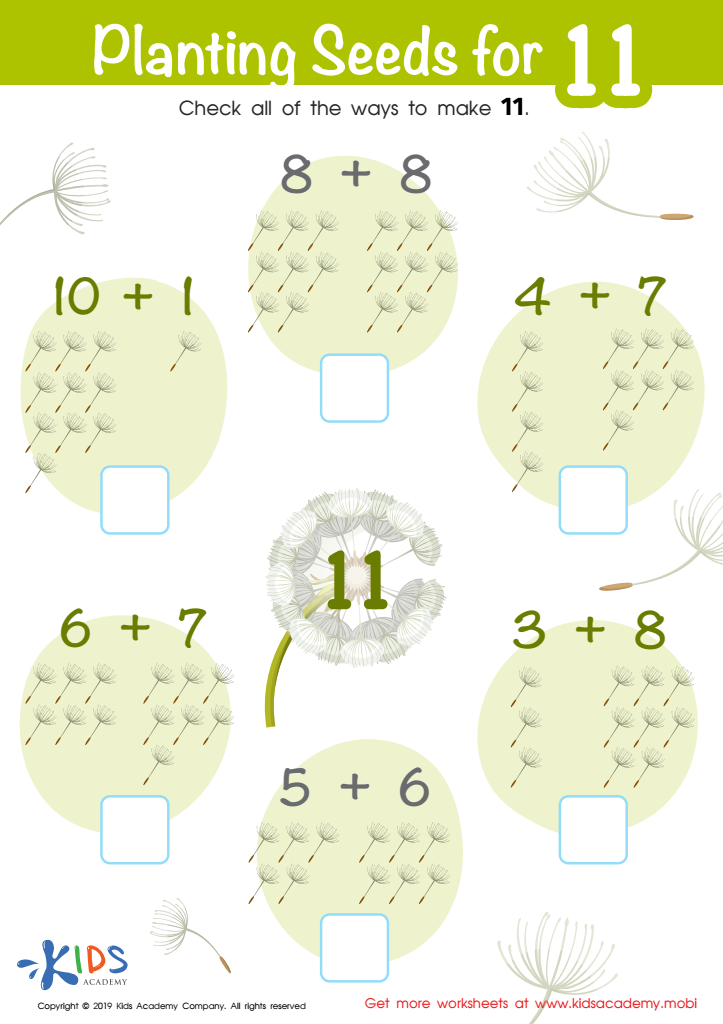

Planting Seeds for 11 Worksheet
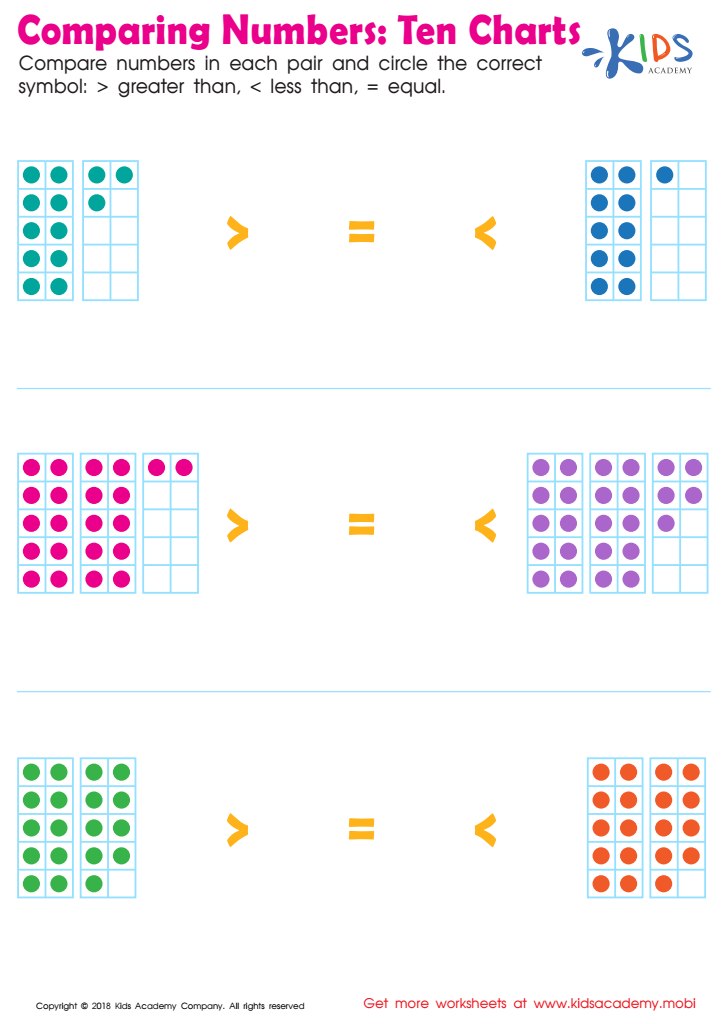

Ten Charts Worksheet
Understanding sequences is a fundamental concept in early childhood education that helps children develop critical thinking and problem-solving skills. For parents and teachers, prioritizing sequence understanding is crucial for several reasons.
Firstly, sequences play a vital role in language development. When children understand chronological order, they can better comprehend storytelling, follow instructions, and later articulate their thoughts clearly. Engaging in activities like arranging story events encourages this skill.
Secondly, understanding sequences is foundational for mathematical thinking. Concepts such as counting, patterns, and problem-solving involve sequential reasoning. When children learn to recognize patterns and sequences, they build a strong base for more complex mathematical operations later on.
Moreover, sequencing influences cognitive and social-emotional growth. By arranging tasks or events, children learn planning and organizational skills, boosting their confidence and independence. It also helps them understand cause-and-effect relationships, essential for everyday interactions.
Ultimately, when parents and educators emphasize sequencing skills, they pave the way for children's holistic development. By fostering these skills, adults empower children to navigate both academic and real-world challenges, ensuring they are well-prepared for future learning journeys. Investing time in understanding sequences is thus an investment in children's lifelong success.
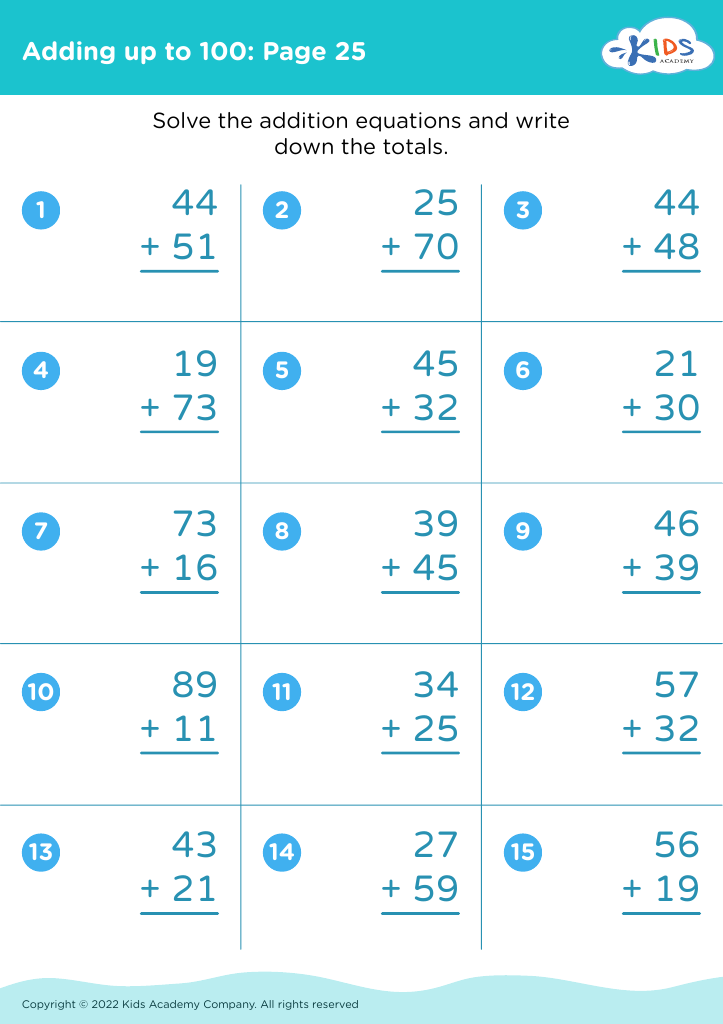
 Assign to My Students
Assign to My Students
